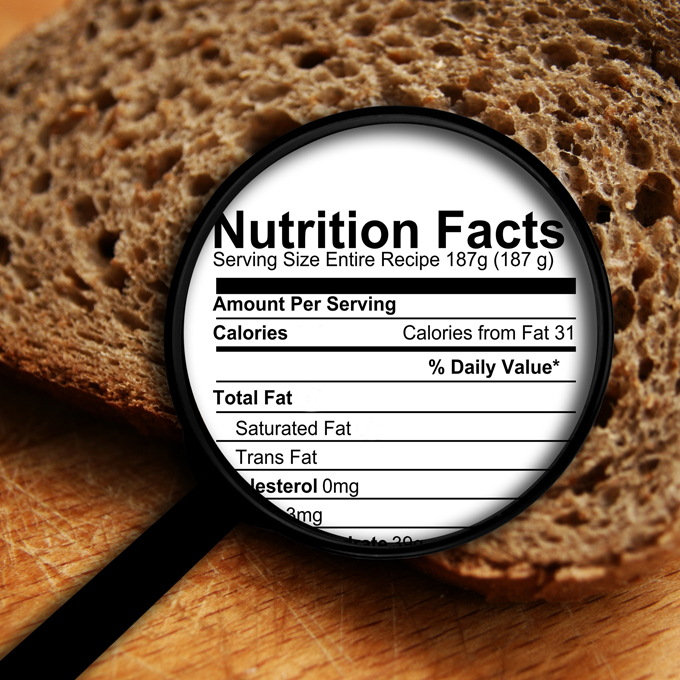What Does a Clean Label Mean to Consumers?
A clean label: the aspiration of the formulator, the obsession of the food executive, the love of the marketing department. Consumer advocates and shifting tastes have pushed the industry toward ingredient statements that are simpler, shorter, and more comprehensible to ordinary consumers—in short, “cleaner.”

In response, ingredient companies market their offerings as promoting a clean label, and consumer-facing companies seek to shorten and simplify their ingredient statements, with the perception that these more “natural,” “transparent” products will excite demand. Within the industry, the perception exists that a cleaner label results in a more desirable product, period. But is that accurate? A recent report on the perception of European consumers shows that it’s important to take a more nuanced view.
As reported on by Food Navigator, Ingredion’s Clean Label Guide compiles the results of a study on clean label perceptions across Europe. Although the results are drawn from a European context, their implications are broadly applicable to consumer behavior as a whole.
First of all, the report found that 77 percent of consumers consider the ingredient label in making a purchase. Among the considerations polled for, this ranks second only to price, which 86 percent consider. At the outset, this confirms the industry-wide belief that clean labels matter, since more than three-quarters of consumers in this study were found to be label readers.
Yet the study complicates precisely how clean label matters, as it found a high degree of variation among regions as to which ingredients are considered untrustworthy. Examples include yeast extract, which is broadly accepted in western Europe but not in Turkey and Russia, or ascorbic acid, which is accepted in Germany but not Turkey. Local media exposure of these ingredients is one factor that may explain the variation, as different consumer advocates focus on different food ingredients.
A parallel example from another part of the world might be monosodium glutamate—briefly cited by the report according to Food Navigator—which has been widely accepted in Asia but wildly controversial in the United States. As the controversy has died down, however, the need to avoid the ingredient has dwindled.
So what’s the takeaway for food companies? Simply this: a completely clean label is great to achieve if possible, but without an understanding of your target market anything less may not do you any good. Eliminating MSG won’t benefit you if that’s not the ingredient your potential customers are worried about.
As with any marketing task, this new intelligence points to the urgent need to gain a deep, focused understanding of the consumer. Without that knowledge, your company could easily undertake a costly reformulation or marketing campaign with no benefits to your sales. Here at MarketPlace, we listen to consumers and ensure that their viewpoints inform everything we do, from marketing strategy to choice of fonts. If your company could use that sort of strategic intelligence informing your marketing and business strategy, get in touch today.
Increasingly, clean labels and transparency will be mandated by the FDA under the new rules of the Food Safety Modernization Act. Learn more about how to turn regulatory compliance to your marketing advantage with our post on FSMA.
